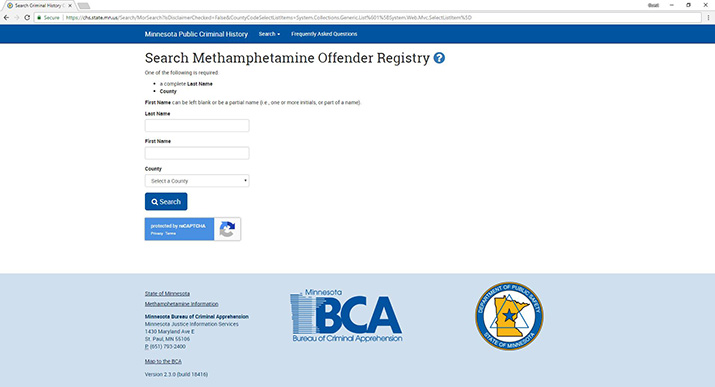Remember meth? It’s still here.
May 7, 2018

It seems as if not a day goes by that you don’t hear about the opioid crisis in the news. Addiction to painkillers and heroin is very much top-of-mind right now. But that doesn’t mean that other drugs – like methamphetamine – have gone away. Unfortunately, meth is still very much a problem.
Meth labs—the places where criminals cook this powerful central nervous system stimulant – aren’t as pervasive as they were a decade ago, but it’s not because meth use itself is down. It turns out meth is relatively cheap to buy from traffickers from Mexico or the southwest U.S. In fact, 2017 was a record year for meth seizures in Minnesota. The state saw 28 percent more than in 2016.
That’s why Minnesota law enforcement is still targeting meth labs, traffickers, and sellers. For example, the Minnesota State Patrol’s K-9 units are specifically trained to locate meth hidden in vehicles. But getting drugs off the streets is a community-wide effort. It’s important to know the signs of meth use and meth labs. Cooking meth involves a lot of chemical waste (5 to 7 pounds per pound of meth made, to be specific), so burn pits, stained soil, or dead vegetation could indicate that a building is being used as a meth lab.
Yes, it’s more effective for us all to work together to stop meth production, but here’s a really important point: If you think you’ve found a working or abandoned meth lab, do not go in. Call 911 immediately. Even a short exposure to the chemicals in a meth lab could cause symptoms such as shortness of breath, coughing, chest pain, and chemical burns to the eyes, nose, and mouth. What’s more, the chemical reactions in meth cooking can cause chemical fires and explosions. So stay away.
If you suspect someone of cooking meth, you can look them up on the Bureau of Criminal Apprehension’s state Meth Offender Registry. The registry contains public criminal history of people convicted of meth manufacture or intent to manufacture. It’s also a handy tool for employers, landlords, credit issuing agencies. You can also look up meth offenders by county.
Most importantly, if you know someone who you believe is using meth, take steps to get them the help they need. If law enforcement and the general public work together to apprehend meth manufacturers and traffickers while at the same time driving down demand by spreading the word about how destructive meth is, we may be able to reduce meth’s threat to Minnesota’s communities.

